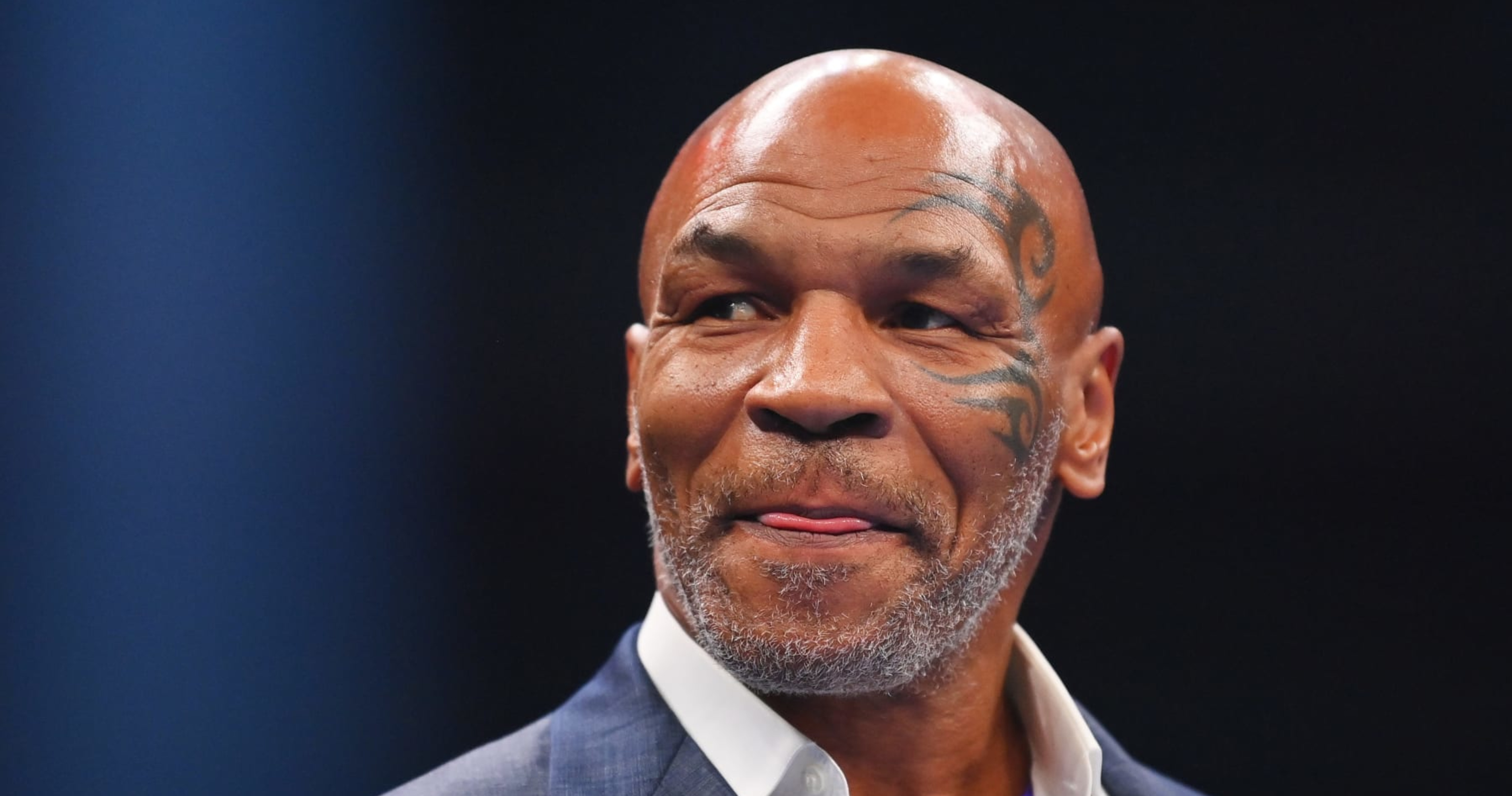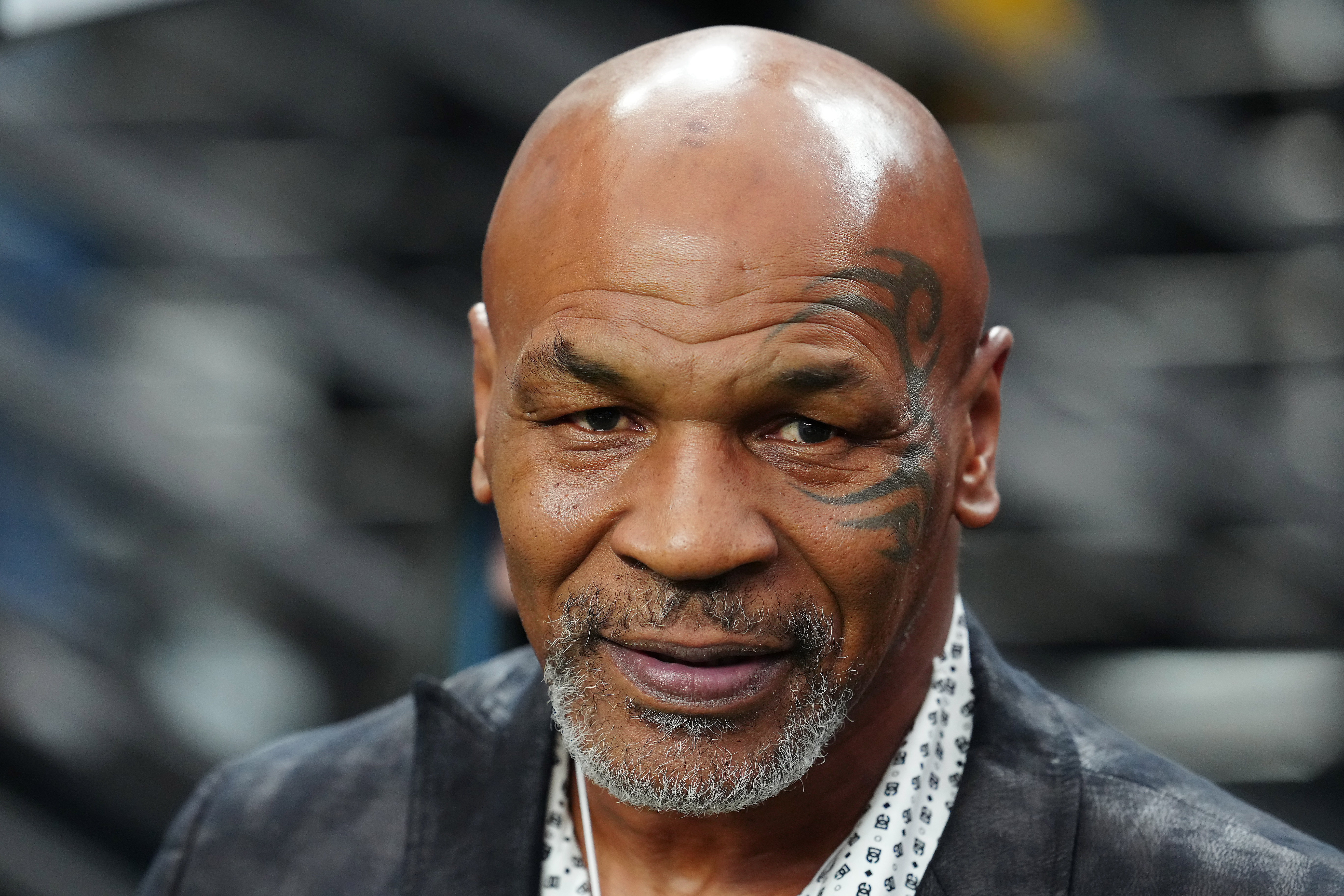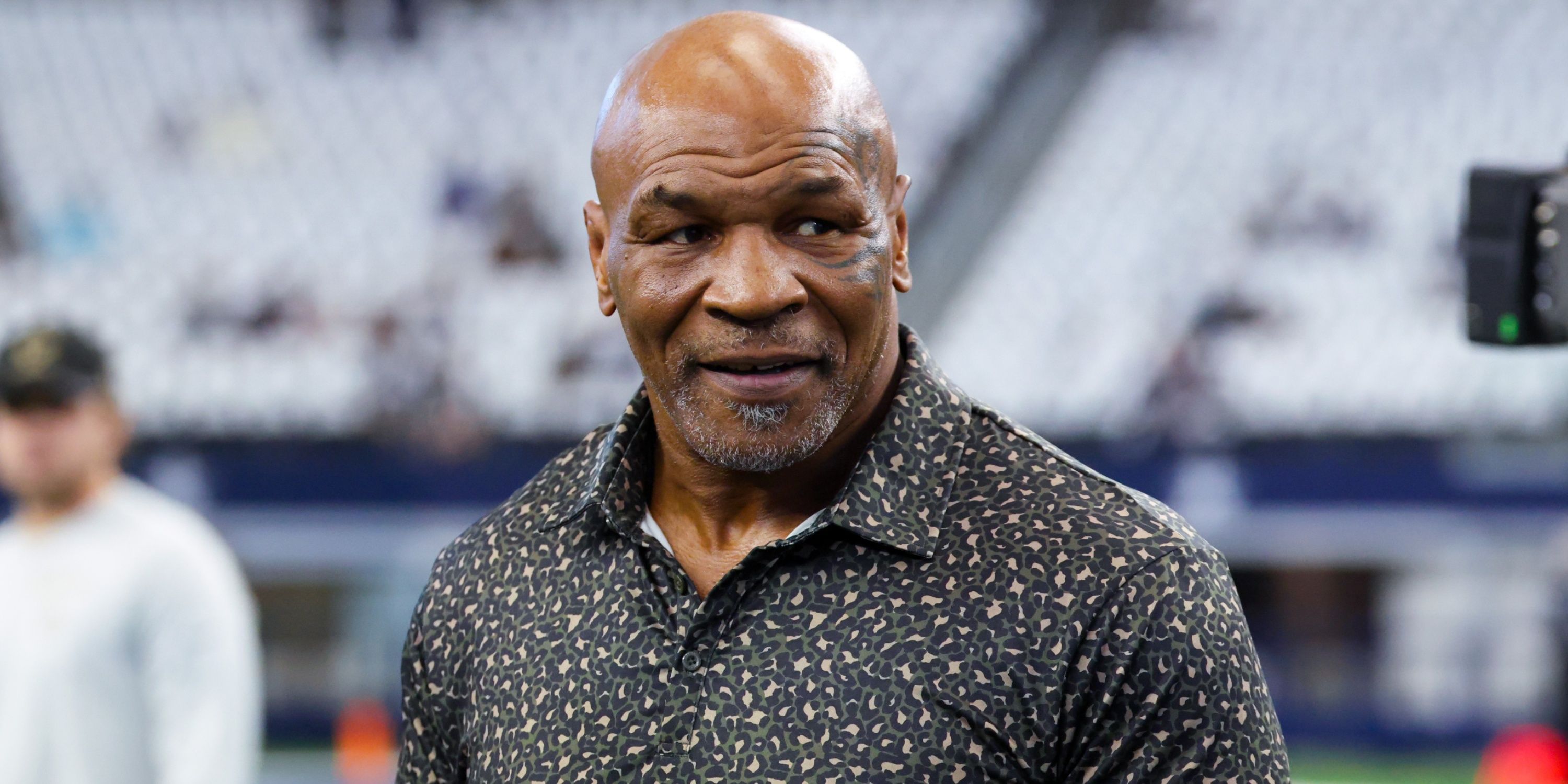Is Mike From Never Cry Wolf An Eskimo Book? Unraveling The Story's Cultural Heart
The question, "Is Mike from Never Cry Wolf an Eskimo book?" often pops up, and it really gets people thinking about stories, culture, and how we talk about different groups. It's a query that reaches into the very core of a classic tale, making us wonder about the characters and the world they inhabit. You see, when we read a book, or even just hear about one, we naturally start to build pictures in our heads, and these pictures often come with questions about who is who, and where they come from, you know?
This particular question, about Mike and the term "Eskimo," touches on something rather important: how authors show different cultures in their writing. It's about being thoughtful, and it's also about what we understand from the words on a page. The book, for instance, tells a story that has stayed with many readers over the years, and it prompts us to look a little closer at its details, and that's a good thing, basically.
We're going to talk about this common question, giving it a good look from different angles. We'll also explore why such questions are important for how we see stories and the people in them, as a matter of fact. It’s a chance to consider the book's background and how it connects with larger ideas about identity and place.
- Dexter King Net Worth
- Scott Rigsby Ex Wife
- Courtney Nikkiah Haywood
- Katie Ledecky Parents
- Mike Wolfe Bicycles
Table of Contents
- What's the Story with "Never Cry Wolf"?
- The Book's Setting and Themes
- Who is Mike in the Book?
- Unpacking the "Eskimo Book" Question
- Understanding the Term "Eskimo"
- Cultural Representation in the Narrative
- The Many Faces of "Mike": A Look at the Name's Reach
- Mike Tyson: A Boxing Legend
- Mike the Rapper: A Modern Artist
- The "Mike" Television Miniseries
- Mike the Treasure Hunter and Others
- Mike Johnson: A Political Figure
- Why Does This Question Matter?
- Respecting Indigenous Cultures
- The Importance of Accurate Portrayals
- People Often Wonder About This (FAQs)
What's the Story with "Never Cry Wolf"?
Farley Mowat's "Never Cry Wolf" is a book that has truly captured the hearts of many people, and it often sparks a lot of conversation. It tells a story that takes readers to a wild, remote place, making them think about nature and how we interact with it. The book, you know, has a way of staying with you long after you've finished reading the last page, which is pretty special.
It's a narrative that, in some respects, explores the idea of an individual going into the wilderness to study wolves. This person, the main character, learns quite a bit about these animals, and that, is that, his views on them start to change quite a lot. It’s a story about observation, and also about changing one's mind based on new experiences, naturally.
The Book's Setting and Themes
The story takes place in the vast, open spaces of the Canadian Arctic, a rather cold and sometimes harsh environment. This setting is, in a way, almost like a character itself, shaping everything that happens in the book. It highlights themes of survival, the balance of nature, and how humans fit into the natural world, or sometimes, how they don't, you know.
- Tahj Mowry Wife
- Vin Disel Race
- Duke Dennis Military
- Thomas Jaraczeski Verdict
- How Much Do Big Brother Jury Members Get Paid
The book also touches on the complex relationships between humans and wildlife, and how our understanding of animals can sometimes be quite wrong. It encourages readers to think about the natural order of things, and the impact people have on it, too. It’s a powerful message, really, about respect for living things and their habitats, you see.
Who is Mike in the Book?
When people ask about "Mike from Never Cry Wolf," they are usually talking about a character who helps the main person in the story. This Mike is often seen as someone who has a deep connection to the land and its ways, a person who truly understands the wild, and also the people who live there. He is, in a way, a guide and a teacher for the main character, and that is very important for the story, basically.
The character of Mike, it seems, helps bridge the gap between the outsider's view and the traditional knowledge of the area. He shows a different way of living, a way that is more in tune with the rhythms of nature. This makes him a memorable part of the book, and someone readers often think about when they recall the story, as a matter of fact.
Unpacking the "Eskimo Book" Question
The question of whether "Never Cry Wolf" is an "Eskimo book" or if Mike is an "Eskimo" character is a really interesting one, and it brings up some important points about how we talk about different groups of people. It's not just about the book itself, but also about the words we choose to use, and how those words can carry a lot of meaning, you know.
This kind of question, arguably, shows that readers are thinking about the cultural background of the characters and the story's setting. It’s a good sign that people are paying attention to these details, and that they want to be respectful in their understanding, naturally.
Understanding the Term "Eskimo"
It's important to know that the term "Eskimo" is, in some respects, not the preferred term for the Indigenous peoples of the Arctic. Many people from these groups consider it to be an outdated word, and some even see it as a disrespectful one. The more widely accepted and appropriate term today is "Inuit," for instance, when speaking about the Indigenous people of Canada's Arctic and Greenland.
Using the correct terms shows respect for people's identity and heritage. It's a small but significant way to honor their culture and traditions. So, when discussing the book or any topic related to the Arctic's Indigenous communities, using "Inuit" is generally the better choice, you see.
Cultural Representation in the Narrative
When we look at "Never Cry Wolf," the story does, in fact, feature Indigenous characters and their way of life. The book aims to show a different perspective on living in the Arctic, one that is often quite different from what many readers might be used to. It highlights traditional knowledge and practices, which is, you know, a very valuable part of the narrative.
The portrayal of these cultures in the book has, at times, been a topic of discussion, with some people wondering about its accuracy and sensitivity. This is a common conversation when any story tries to represent a culture that is not the author's own. It shows that people care about how different groups are shown in books and films, and that's a good thing, really.
The Many Faces of "Mike": A Look at the Name's Reach
It's kind of funny, but the name "Mike" is, you know, very common, and it pops up in so many different places. When you ask "is Mike from Never Cry Wolf an Eskimo book," it makes you think about all the other famous or well-known Mikes out there. It's a name that, in a way, carries a lot of different stories and histories, as a matter of fact.
The meaning of "Mike" itself is pretty simple; it’s short for "microphone," for example, which is interesting, but then you have all these people who share the name. This shows how one name can be connected to so many different lives and achievements, which is pretty cool, honestly.
Mike Tyson: A Boxing Legend
When you think of a famous Mike, Mike Tyson is, arguably, one of the first people who comes to mind for many. He is, you know, an American former professional boxer who competed for many years, from 1985 to 2005. He was, as a matter of fact, nicknamed "Iron Mike" and "Kid Dynamite" early in his career, and later became known as "The Baddest Man on the Planet."
Tyson is, in some respects, seen as one of the greatest heavyweight boxers of all time. His career was, you know, quite wild, with both amazing highs and some very public struggles. His story, really, is one that many people know, and it shows the incredible power and also the challenges that can come with being a top athlete, you see.
Mike the Rapper: A Modern Artist
Then there's Michael Jordan Bonema, who is, you know, known professionally as just "Mike," spelled in all caps. He was born in October 1998, and he's an American rapper, songwriter, and record producer based in New York City. His music, it seems, has a certain style that connects with a lot of listeners, and that is something people appreciate, naturally.
This Mike, in a way, represents a newer generation of artists who are making their mark in the music world. His work shows how creativity can take many forms, and how different people named Mike can have very different paths in life, as a matter of fact.
The "Mike" Television Miniseries
There's also a television miniseries simply called "Mike." This show was created by Steven Rogers, and it explores the dynamic and often controversial story of a very polarizing figure. The team behind this miniseries also worked on "I, Tonya," which was a film that got a lot of attention, you know.
The miniseries, with actors like Trevante Rhodes, Russell Hornsby, Olunike Adeliyi, and Kale Browne, tries to show the wild, tragic, and controversial life and career of someone who truly divided public opinion. It's, in a way, a look at a complex person through a different lens, and that can be quite interesting, honestly.
You can find reviews, ratings, and trailers for the "Mike" miniseries on places like Rotten Tomatoes, and stay updated with critic and audience scores today. It's a way to see how the show was received, and what people thought about its portrayal of such a well-known person, you know.
Mike the Treasure Hunter and Others
There are, of course, other Mikes too, like the one who calls himself a "modern day treasure hunter." He talks about prowling the urban jungle for scrap metal, tossed valuables, and other random awesomeness. This Mike, you know, is all about finding hidden gems in unexpected places, and that's a pretty unique hobby, honestly.
He's powered by Firman Power Equipment, and he reminds people to read his privacy policy and disclaimer. He also advises consulting with the NWS/NHC for official forecasts, which shows he's quite practical, as a matter of fact. This just goes to show how many different kinds of people carry the name Mike, and how varied their interests can be, you see.
Mike Johnson: A Political Figure
Another Mike who has been in the news is Mike Johnson. He's the new Speaker of the House, and he introduced the national version of Florida's "Don't Say Gay" law. He also played a key part in efforts to overturn the 2020 election results, which is, you know, a very significant role in recent political events.
This Mike, in a way, represents a different kind of public figure, one involved in shaping laws and policies. His actions and beliefs are, arguably, quite impactful on many people's lives, and that is something many people follow closely, naturally.
Why Does This Question Matter?
Asking "is Mike from Never Cry Wolf an Eskimo book" is not just about a simple fact; it’s about a deeper conversation. It shows that people are thinking about how stories affect our views of others, and that’s a very important thing. It’s about being mindful of the people and cultures depicted in narratives, you know.
This type of inquiry helps us, in some respects, look at the responsibility that comes with telling stories, especially when those stories involve groups of people who might be different from the author. It pushes us to consider the impact of our words and portrayals, and that is quite valuable, basically.
Respecting Indigenous Cultures
Showing respect for Indigenous cultures means, first and foremost, using the right terms and understanding their history. The shift from "Eskimo" to "Inuit" is a clear example of this. It's about acknowledging the preferences of the people themselves, and honoring their identity, you see.
When a book or film talks about Indigenous communities, it's important that it does so with care and accuracy. This helps to build understanding and appreciation, rather than spreading old ideas or misunderstandings. It's about seeing people for who they are, and recognizing their unique contributions to the world, honestly.
You can learn more about Indigenous cultures and their histories on our site, which is a good place to start for more information, as a matter of fact.
The Importance of Accurate Portrayals
Accurate portrayals in stories matter a lot because they shape how we think about different groups of people. If a story gets things wrong, or uses harmful ideas, it can lead to misunderstandings and even prejudice. But if a story shows things truly and with respect, it can help to build bridges and foster empathy, you know.
For a book like "Never Cry Wolf," which involves Indigenous characters and their ways of life, the way these elements are presented really influences how readers perceive them. It’s about giving a true voice, or at least a respectful representation, to those whose stories are being told. This helps everyone learn and grow, which is pretty good, you see.
To understand more about cultural sensitivity in storytelling, you might want to look at other articles that discuss this topic, as it is a broad and very important area, naturally.
People Often Wonder About This (FAQs)
People often have a few questions when they think about "Never Cry Wolf" and its characters, especially when it comes to cultural details. Here are some common ones:
Is "Never Cry Wolf" a true story?
The book "Never Cry Wolf" is, you know, based on Farley Mowat's experiences, but it's often described as a blend of fact and fiction. Mowat himself has said that he took some liberties with the narrative to make the story more engaging. So, while it draws from real observations, it's not strictly a factual account, as a matter of fact.
What is the main message of "Never Cry Wolf"?
The main message of "Never Cry Wolf" is, arguably, about challenging common beliefs about wolves and showing their true nature. It also talks about how humans often misunderstand and harm the natural world. It encourages respect for wildlife and the environment, and that is a very strong theme throughout the story, basically.
Are there other books that explore similar themes of nature and Indigenous cultures?
Yes, there are, in fact, many other books that explore similar themes of nature, wildlife, and Indigenous cultures. You might find stories that delve into environmental conservation, or narratives that are written by Indigenous authors themselves, offering their own perspectives. Looking for books that focus on ecological understanding or cultural sharing could be a good way to find more stories like this, you see.
- Blake Shelton Salary On The Voice
- Brian Ferentz Family
- Kristen Galvan Update
- Kim Coles Husband
- Casper Smart Net Worth

Mike Tyson Posts Day 4 Training Video for Jake Paul Fight: 'Fire's in

Mike Tyson 2024 Fight - Nora Thelma

Mike Tyson's Physique Has Changed Drastically After Jake Paul Fight